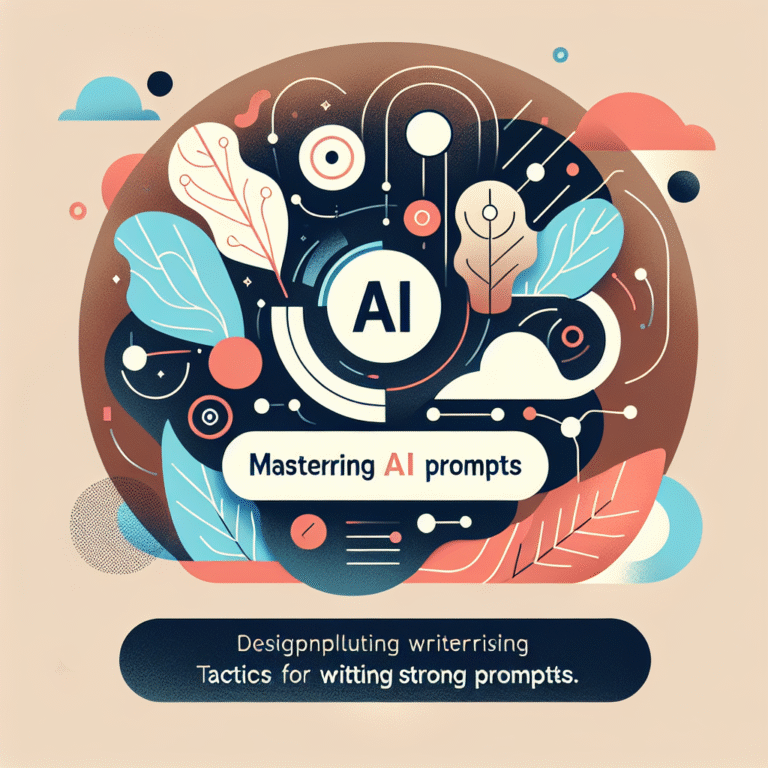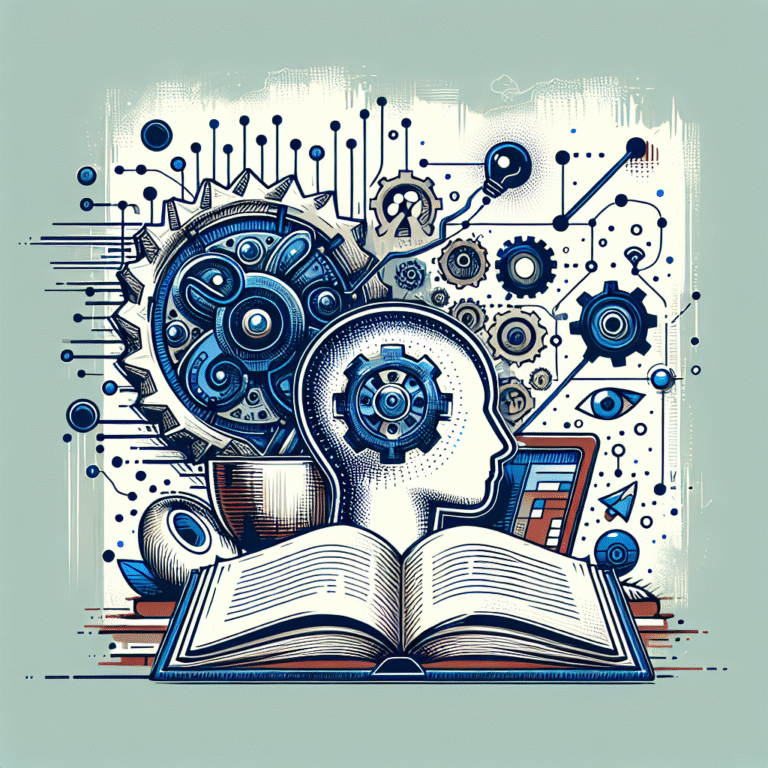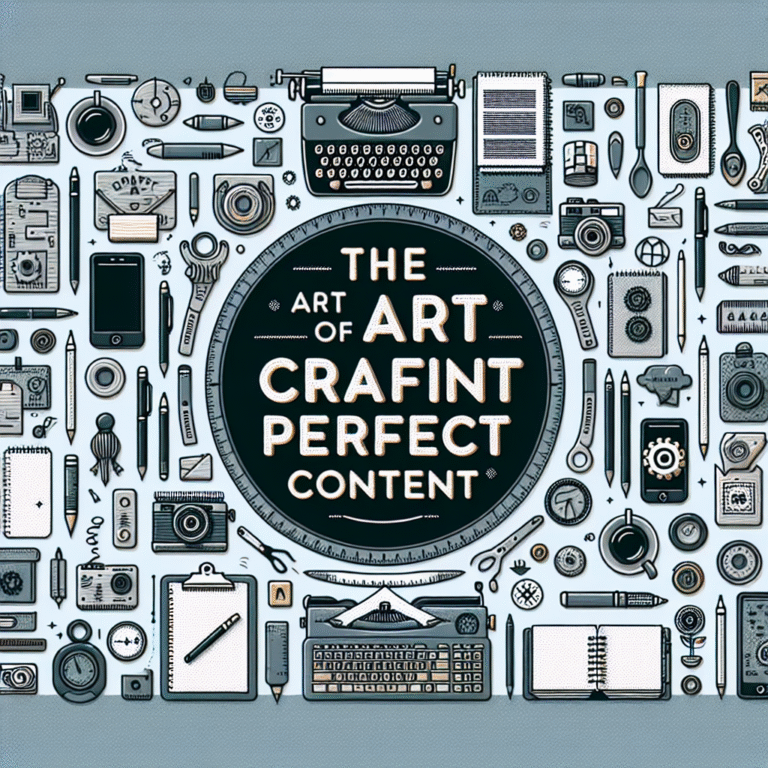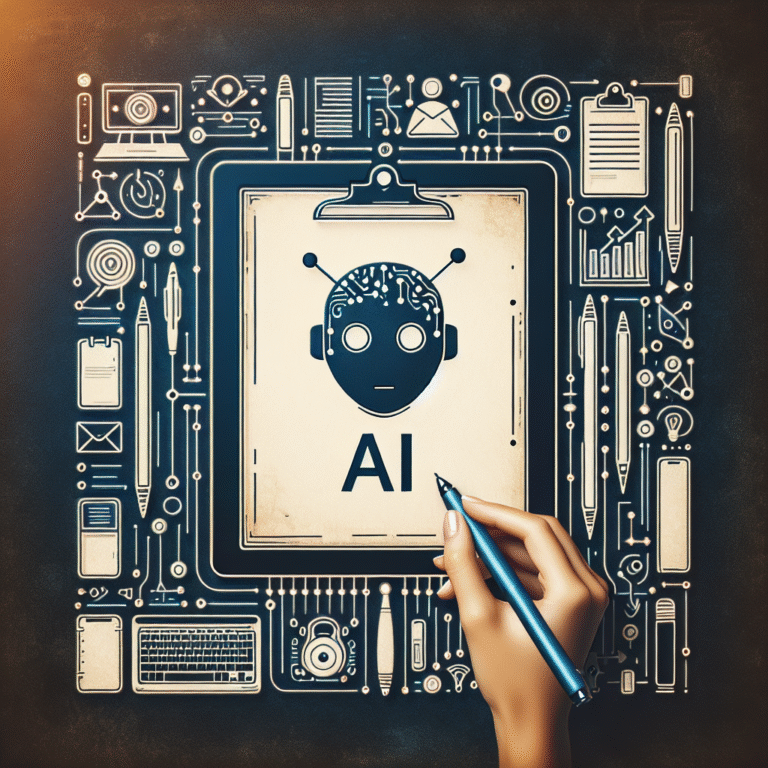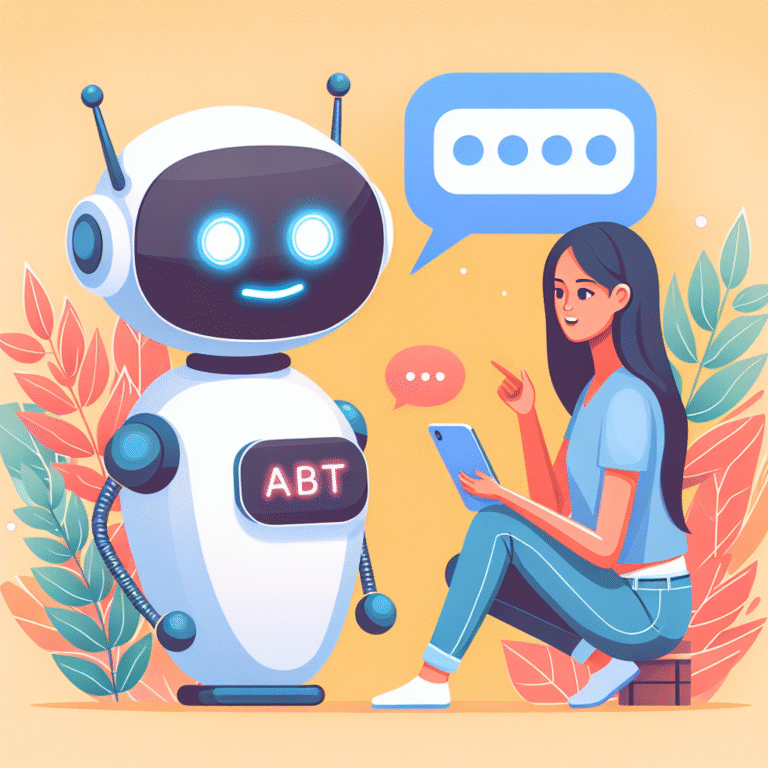Good Prompts for AI Art: A Comprehensive Guide
p>Good prompts for AI art are detailed and specific instructions that guide the artificial intelligence in creating unique and captivating artworks. These prompts are crucial in determining the quality and aesthetic appeal of the generated art. A well-crafted prompt can result in stunning visuals that showcase the capabilities of AI in art creation. On the other hand, a poorly designed prompt can lead to mediocre or even disappointing results. Therefore, understanding how to create effective prompts is essential for anyone looking to explore the creative potential of AI art. This involves not only knowing the technical aspects of prompt crafting but also having a deep understanding of art, design principles, and the capabilities and limitations of the AI algorithms being used. By mastering the art of prompt creation, artists, designers, and enthusiasts can unlock the full potential of AI as a creative tool, pushing the boundaries of what is possible in the digital art world.<<
Introduction to AI Art and Prompts
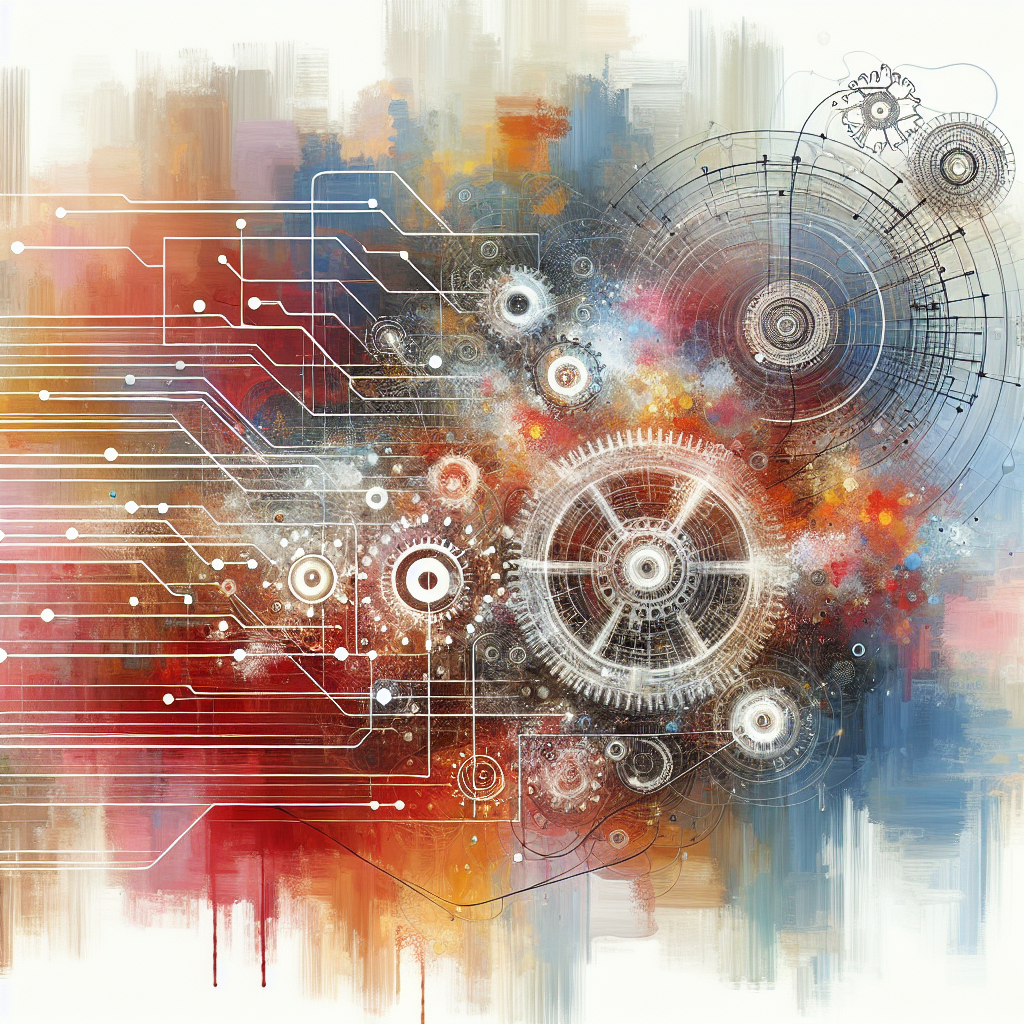 <<
<<
The introduction of AI into the art world has opened up new avenues for creativity and expression. AI algorithms, such as Generative Adversarial Networks (GANs) and Variational Autoencoders (VAEs), can generate art that ranges from realistic landscapes to abstract expressions. However, the quality and relevance of the generated art depend heavily on the prompts provided to the AI. A good prompt should be clear, concise, and provide enough information for the AI to understand the desired outcome. This includes specifying styles, themes, colors, and even the mood or atmosphere the artwork should convey. The complexity and specificity of prompts can vary, from simple descriptions of objects or scenes to intricate narratives or conceptual ideas. The key is to find the right balance between giving the AI enough guidance and leaving room for creative interpretation.<<
Understanding AI Algorithms for Art Generation
<<
Understanding the underlying algorithms used in AI art generation is crucial for crafting effective prompts. Different algorithms have different strengths and weaknesses, and some are more suited to certain types of art or styles. For example, GANs are particularly good at generating realistic images, while VAEs can produce more abstract and diverse outputs. Knowing how these algorithms process information and generate art can help in designing prompts that play to their strengths. Additionally, familiarity with the specific AI model being used, including its training data and any biases it may have, can also inform prompt creation. This technical understanding, combined with artistic vision, enables the creation of prompts that are not only aesthetically pleasing but also technically sound.<<
Elements of Good Prompts for AI Art
 <<
<<
A good prompt for AI art typically includes several key elements. First, it should clearly define the subject or theme of the artwork. This could be anything from a specific object, like a chair, to a broader concept, such as freedom or joy. Next, the prompt should specify the style or aesthetic of the desired artwork. This could include references to famous artists, movements, or specific visual elements like colors, textures, or lighting effects. The prompt might also include emotional or atmospheric directives, aiming to evoke a particular mood or feeling in the viewer. Finally, good prompts often leave some room for creative interpretation, allowing the AI to introduce unexpected elements or surprises that can elevate the artwork beyond mere replication of the prompt.<<
Examples of Effective Prompts
<<
Effective prompts can be as varied as the art they generate. For instance, a prompt like “Generate a surrealist painting of a dreamlike cityscape at dusk, with rolling hills and skyscrapers, in the style of Salvador Dali” combines clear subject matter with a specific style reference, giving the AI a strong foundation to work from. Another example might be “Create a futuristic portrait of a woman, incorporating neon lights and reflective surfaces, with a sense of dynamism and movement, inspired by the works of Syd Mead.” These prompts balance specificity with creativity, allowing the AI to produce artworks that are both recognizable and innovative. Looking at examples of successful prompts and the art they generate can provide valuable insights into what works well and how to refine one’s own prompt-crafting skills.<<
Step-by-Step Guide to Crafting Good Prompts
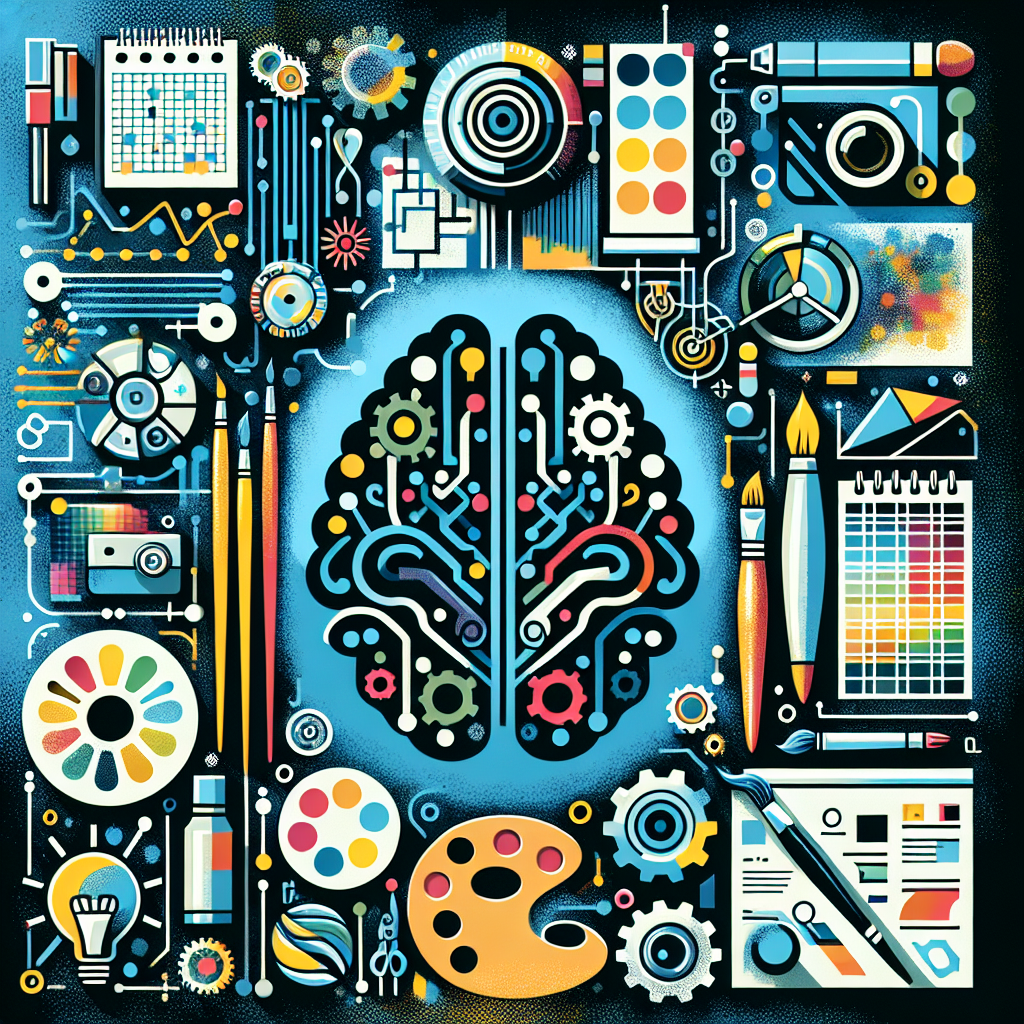 <<
<<
Crafting good prompts for AI art involves a thoughtful and iterative process. First, define the core concept or subject of the artwork. Consider what themes, emotions, or ideas you want to convey. Next, research and gather references for the style, aesthetic, and any specific elements you want to include. This could involve looking at the work of other artists, both traditional and digital, as well as exploring different cultures and historical periods for inspiration. Then, draft your prompt, starting with a clear and concise description of the subject and style, and gradually adding more details and specifics. It’s essential to review and refine your prompt, considering how it might be interpreted by the AI and making adjustments as necessary. Finally, test your prompt with the AI, analyzing the results and refining the prompt further based on the output.<<
Case Studies and Real-World Applications
<<
The application of good prompts for AI art extends beyond the digital realm, influencing various fields such as design, marketing, and education. In design, AI-generated art can be used to quickly prototype ideas, explore different visual directions, and even create final products like posters, packaging, or website graphics. In marketing, AI art can be leveraged to generate engaging content, such as social media posts or advertisements, that capture audience attention and convey brand messages in innovative ways. Educational institutions are also exploring AI art as a tool for teaching art, design, and technology, providing students with a unique medium for expression and learning. By examining case studies and real-world applications, it becomes clear that the potential of AI art, guided by well-crafted prompts, is vast and multifaceted.<<
Conclusion and Future Directions
<<
In conclusion, good prompts for AI art are the key to unlocking the creative potential of artificial intelligence in the visual arts. By understanding the technical aspects of AI algorithms, the principles of art and design, and the importance of specificity and creativity in prompt crafting, individuals can generate stunning and thought-provoking artworks. As AI technology continues to evolve, the possibilities for art generation will expand, allowing for even more complex and nuanced prompts. The future of AI art promises to be exciting and unpredictable, with potential applications in fields beyond those currently imagined. For those interested in exploring this creative frontier, the journey begins with mastering the art of the prompt, a skill that requires patience, practice, and a willingness to push the boundaries of what is possible with AI.<<
The journey into AI art, guided by good prompts, is not only a technical exploration but also a creative and philosophical one. It challenges our perceptions of art, creativity, and intelligence, raising questions about authorship, originality, and the role of human imagination in the age of machines. As we delve deeper into this realm, we are forced to consider what it means to create and to be creative, and how these definitions might change as AI becomes an increasingly integral part of the artistic process. Ultimately, the pursuit of crafting good prompts for AI art is a voyage of discovery, one that leads us to new frontiers of expression, innovation, and understanding.
